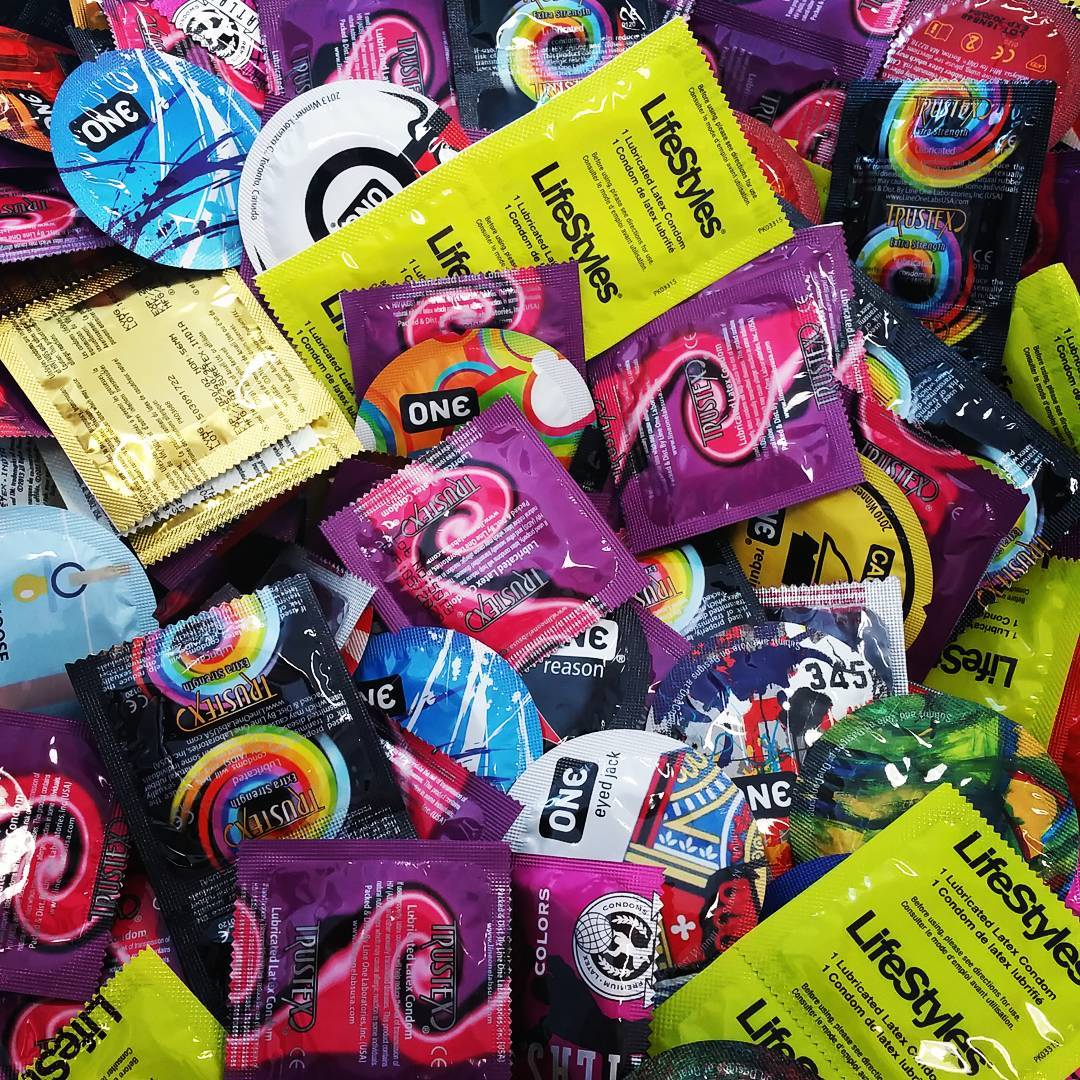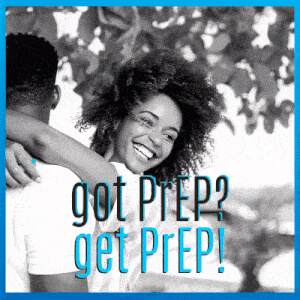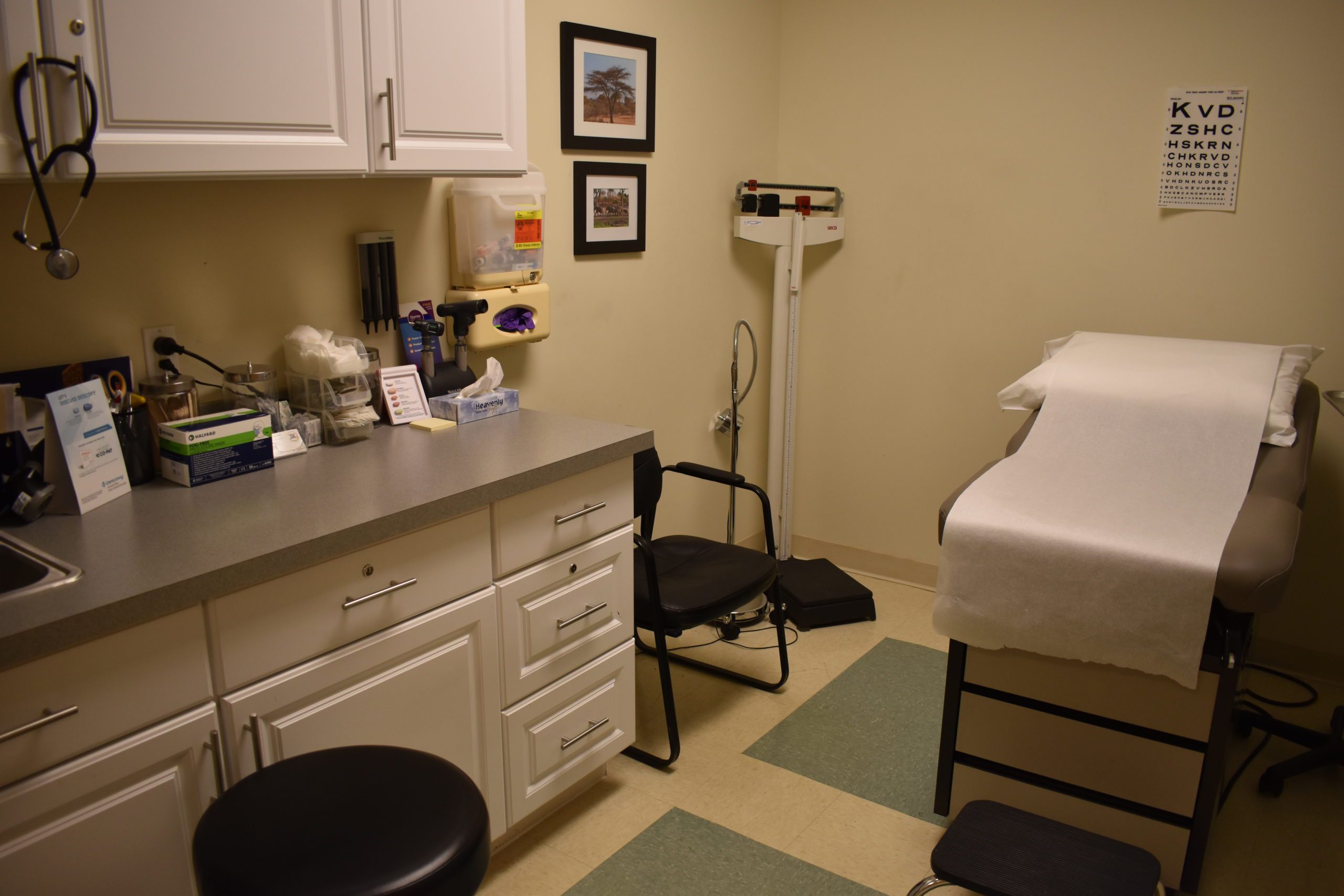HIV is the human immuno-deficiency virus which if left untreated can cause AIDS. HIV is primarily passed from one infected person to another through blood or sexual fluids. However, HIV is preventable and treatable. Therefore, it is important to know the facts, know your risks and know your HIV status to protect yourself and others.
What is HIV?
HIV Information
Fact Check
FALSE
FALSE
Anyone who gets HIV infected blood or sexual fluids into their body can become infected.
TRUE
Yes, without treatment it is a 25% chance; with treatment it drops to 1%.
FALSE
While trace amounts of HIV may be found in saliva it is not enough to transmit the virus.
FALSE
You cannot get HIV from any type of casual contact.
TRUE
Infected blood particles can be found in the shared syringe, or in the cooker, cotton or water.
TRUE
If used consistently and correctly condoms are effective.
FALSE
Oral sex is much less likely to transmit than vaginal sex and anal sex is the most risky.
TRUE
PrEP is a pill that if taken daily prevents HIV.
FALSE
The only way to know if someone has HIV is to take a test.
TRUE
It is biologically easier for HIV to enter the body if an STI has already damaged the skin or cells.
FALSE
HIV is not just in semen but pre-ejaculate fluid that streams out of the penis first.
FALSE
Some studies now think washing before or after sex may increase the likelihood of transmission.
Who is getting HIV?
Anyone can get HIV but in Connecticut, Black and Latino men who have sex with men are more heavily impacted, with some of the highest infection rates. BIPOC (Black, Indigenous and People of Color) communities, people who inject drugs, and transgender individuals represent additional populations at greater risk.
2019 HIV Quick Stats
Prevent HIV
Although there is no vaccine for HIV, there are medications that can prevent HIV.

Safer Sex
What is Safer Sex?
Safer sex involves using forms of protection to prevent the HIV virus from being transferred from sexual fluids. Condoms, HIV medicines, and PrEP can prevent the spread of HIV through the exchange of sexual fluids. There are internal or external condoms that, if used consistently and correctly, are very effective at preventing HIV.
How can I get more information and free condoms?
The Community Distribution Center in Hartford distributes free condoms and information on safer sex. Please visit Connecticut Community Distribution Center Program. Another way to prevent HIV is to take medications that can prevent infection.

PrEP
What is PrEP?
PrEP stands for Pre-exposure Prophylaxis and is a medication taken regularly before exposure to HIV. PrEP can help prevent you from getting HIV if exposed through to HIV through sexual contact or injection drug use.
How Does PrEP Work?
PrEP is an HIV prevention method that works by taking one pill every day. PrEP blocks HIV from entering the cells needed to infect you and replicate itself.
Who Can Take PrEP?
HIV negative persons who are 18 years of age and older. HIV negative adolescents who weigh 75 pounds or more and are at risk for HIV.
Is PrEP Right for Me?
You have had anal or vaginal sex in the past 6 months and…
- You had a partner with HIV
- You did not use condoms consistently
- You were diagnosed with an STI
You inject drugs and…
- You have an injection partner with HIV
- You share needles, syringes, or other equipment to inject drugs
You have been prescribed PEP and…
- You continue to engage in condomless sex
- You have been prescribed multiple courses of PEP
How can I get PrEP or PEP?
Ask your doctor or go to your local planned parenthood or community health center for information and or treatment. To find PrEP locations near you visit: PrEP Locator: A national database for US PrEP providers

PEP
What is PEP?
PEP stands for Post-exposure Prophylaxis and is taken after exposure to HIV. PEP is intended for emergency situations to prevent HIV after exposure.
How does PEP work?
PEP can help prevent you from getting HIV after exposed if taken within 72 hours (3days). PEP is taking for a period of 28 days.
Who can take PEP? Is it Right for Me?
PEP is intended for emergency situations. PEP is not intended for persons who may be exposed to HIV regularly.
How can I get PrEP or PEP?
Ask your doctor or go to your local Planned Parenthood or community health center for information and or treatment. To find PrEP locations near you visit: PrEP Locator: A national database for US PrEP providers
Test for HIV
The CDC recommends all people between the ages of 13-64 get tested for HIV at least and more often if putting oneself at risk. Click here to calculate your risk:
HIV Testing:
- Is quick and easy
- Is important to know your HIV status to protect yourself and others
- Is FREE in CT through DPH funded testing programs but can be done at any healthcare facility. Just ask!
Options for Testing:
Ask your doctor for an HIV test through routine bloodwork
Get a Rapid HIV Test with results in 20 minutes or less through a clinic or community-based organization.
Find a testing location near you
Take a test at home by purchasing at a local pharmacy or contacting a participating agency for a free test kit.
Find a participating agency near you
Treat HIV
Basic Treatment Information
- Treatment for HIV is called Antiretroviral Therapy (ART)
- Treatment involves taking HIV medicines every day
- Many people can take a simple once a day regimen
- It is recommended people with HIV start treatment as soon as possible
- The goal of treatment is to lower the amount of the virus in the body
- People can live long health lives with treatment
ART & Undetectable Viral Load
When taken as prescribed, ART reduces the viral load, or the amount of HIV in the body, to a very low level, keeping the immune system working properly and preventing illness. This is called viral suppression—having less than 200 copies of HIV per milliliter of blood. ART can even make the viral load low enough that HIV becomes undetectable in the blood, known as an undetectable viral load.
Source: HIV Treatment as Prevention | HIV Risk and Prevention | HIV/AIDS | CDC.
Not only do those with undetectable viral loads keep themselves healthy, they also prevent transmitting HIV to others through sex; sharing syringes; and from mother to baby during pregnancy, birth, or breastfeeding. This is called “treatment as prevention”.
HIV/AIDS Care Services
Ryan White HIV/AIDS Care Services
Core medical services and support services are funded throughout Connecticut by grants from the Health Resources and Services Administration (HRSA). These services are provided at low or no cost.
Core Medical Services Provided by Various Ryan White Programs Include:
- Outpatient/ambulatory health services,
- Oral health care,
- Local AIDS pharmaceutical assistance,
- Early intervention services,
- Health insurance cost sharing assistance,
- Home and community-based health services,
- Mental health,
- Medical nutrition therapy,
- Substance abuse-outpatient, and
- Medical case management.
HIV/AIDS Care Support Services include:
- Non-medical case management,
- Child-care services,
- Emergency financial assistance,
- Food bank/home-delivered meals,
- Health education/risk reduction,
- Housing services,
- Legal services,
- Linguistic/translation,
- Medical transportation,
- Outreach, and
- Psychosocial support.
The e2Linkage Map
The e2Linkage Map is the newest resource provided by the Ryan White Part B Program. This map is designed to help find Ryan White Providers throughout the state of Connecticut, as well as prevention and STI resources, to help ensure your client/patient receives the services they need.
Click this link to check out the e2Linkage Map
Ryan White Part A Planning Councils are broken up into two major groups: The New Haven Fairfield Counties Ryan White Planning Council and the Ryan White Hartford Planning Council.
Ryan White Part B HIV/AIDS Care Services & Providers can provide both core and support services to eligible people living with HIV.
The Let’s Stop HIV Together campaign shows how people with HIV have overcome barriers to get in care and stay on treatment so that they can live longer, healthier lives.
Connecticut AIDS Drug Assistance Program (CADAP): The Connecticut AIDS Drug Assistance Program provides eligible low-income residents with essential medications for the treatment of HIV, related conditions, and other comorbidities, as well as health insurance premium assistance.
The Children, Youth and Family AIDS Network of Connecticut (CYFAN) of the Community Health Centers Association of Connecticut (CHCACT) offers HIV/AIDS primary care services, coordination of the Perinatal HIV Transmission Project, medical case management services (intensive child and youth centered), mental health services and support groups for infected and affected children, youth and their families. For more information, call the CYFAN Program Coordinator at 860-667-7820.
Transitional Linkage into the Community (Project TLC): “Project TLC” is a statewide program designed to assist HIV-positive individuals ready for, or recently released from Connecticut’s correctional system with linkages and referrals to community-based and core medical services, including the Connecticut AIDS Drug Assistance Program (CADAP). Project TLC offers transitional case management, medical transportation and referrals to individuals for 30-60 days following release.
Positive Spin offers for more information on connecting to care, starting treatment and staying in care. Positive Spin features a series of real stories from real people about their unique experiences along the HIV Continuum of Care.
